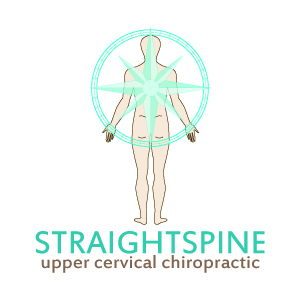The Maintenance of Upright Posture
Humans are fairly unique in the animal kingdom in that they have adapted a two-legged upright stance. This arrangement is highly unstable because of the resultant high-centre of gravity and narrow base of support. Because of this inherent instability, the maintenance of upright posture is learned in early childhood and becomes largely reflex in nature. In order for us to locomote in our environment, the brain must first of all determine the orientation of the body with respect to gravity.
The primary receptor that informs the brain of the skull's relationship to the horizon is the inner ear. It functions like a builder's level and provides precise information about head position and movement to the postural control centres of the brain. These control centers are located primarily in the primitive area of the brain, the brain stem, cerebellum and spinal cord. Information is also received from other sensors located throughout the muscles, skin, tendons and skeleton of the body. There are pressure sensors in the feet, tension sensors in the support muscles and ligaments, and pressure and movement sensors in the joints of the spine and extremities. All of the collected information is integrated and acted upon automatically once specific tasks are asked to be performed by the higher function brain centres.
To achieve an upright stance, the postural control centres follow certain basic rules:
#1 - Figure out which way is up.
#2 - Align the skull to the horizon.
#3 - Align the body under the skull.
#4 - Ensure that the centre of gravity of the body remains within its base of support.
#5 - Continually monitor and adjust the supporting musculature.



